
Rashtriya Ekta Diwas 2020: It is observed on 31st October in India and is also known as National Unity Day. Let us have a look at the history and significance of the day.
Rashtriya Ekta Diwas or National Unity Day 2020:
The day commemorates the birth anniversary of Sardar Vallabhbhai Patel. He played an important role in uniting India. He is also famous as an Iron Man of India and as one of the founding leaders of the Republic of India.
Rashtriya Ekta Diwas: History
In 2014, the Government of India introduced Rashtriya Ekta Diwas or National Unity Day with an aim to pay tribute to Sardar Vallabhbhai Patel on his birth anniversary. He is always remembered for his extraordinary works for the country and no doubt, he worked hard in keeping India united.
Rashtriya Ekta Diwas: Significance
As per a statement by the Home Ministry, the day provides “an opportunity to re-affirm the inherent strength and resilience of our nation to withstand the actual and potential threats to the unity, integrity, and security of our country”.
India is a diverse nation so it is very important to maintain unity. The Government of India has constructed a huge statue of Sardar Vallabhbhai Patel near the Narmada River in Gujarat in memory of the Iron Man of India.

Rashtriya Ekta Diwas was inaugurated by Prime Minister Narendra Modi in 2014, by paying tribute to the Sardar Vallabhbhai Patel’s statue and flagging of a program which was known as ‘Run For Unity’ in New Delhi. Run for unity was held to spread awareness about Sardar Vallabhbhai Patel’s contribution to Indian history.
National Unity Day or Rashtriya Ekta Diwas is celebrated on October 31 every year since 2014 to mark the birth anniversary of the man who played a crucial role in the unification of India – Sardar Vallabhbhai Patel. Popularly known as the “Iron Man of India”, Sardar Patel was a lifelong member of the Indian National Congress who fought against the British Empire in India’s freedom movement. He was also the first Deputy Prime Minister and Home minister of independent India.
In the months preceding Independence and following it, Patel worked tirelessly to bring 562 princely states into the fold of the Union of India. For his incredible efforts, the government of India introduced the National Unity Day in 2014. The Home Ministry in an official statement said that the day “will provide an opportunity to re-affirm the inherent strength and resilience of our nation to withstand the actual and potential threats to the unity, integrity and security of our country.”
On this day in 2018, Prime Minister Narendra Modi unveiled a 182m-tall statue of Sardar Vallabhbhai Patel called the Statue of Unity, which is the tallest statue in the world, on the bank of Narmada River in the Kevadiya colony, facing the Sardar Sarovar Dam near the city of Vadodara. “It is a symbol of India’s integrity and resolve,” Modi said on the occasion.
Every year, various programmes in schools, colleges and workplaces are organized across the country to spread knowledge about one of the nation’s greatest sons and his contributions. This year marks the 145th birth anniversary of Sardar Patel. In the wake of the coronavirus pandemic, however, there will be no gatherings to celebrate the occasion. Instead, there will be online webinars and various virtual events. The Central Board of Secondary Education has issued a notification to hold various online activities like an Oath taking ceremony, essay writing, debate, slogan writing, poster making and competitions.
In a country as diverse as India, an event like National Unity Day holds special significance. It aims to unite the people belonging to different castes, religions, ethnicities, regions and speaking different languages.

Facts about Sardar Vallabhbhai Patel
– The full name of Sardar Vallabhbhai Patel is Vallabhbhai Jhaverbhai Patel.
– He was born on 31 October, 1875 at Nadiad, Gujarat, India and died on 15 December, 1950 at Bombay.
– During the first three years of Indian independence, he served as Deputy Prime Minister, Minister of Home Affairs, Minister of Information, and Minister of States.
– He attended primary school at Karamasad and high school at Petlad.
– He married at the age of 16, matriculated at 22, and passed the district pleader’s examination due to which he was able to practice law.
– In Godhra, he set up an independent office of district pleader in 1900.
– In August 1910, he went to London for further studies.
– In 1913, he returned to India and settled in Ahmadabad and become the leading barrister in criminal law at the Ahmadabad bar.
– He served as the first Indian municipal commissioner of Ahmadabad from 1917 to 1924 and was elected as a municipal president from 1924 to 1928.
– In 1918, he made his first mark by a mass campaign of peasants, farmers, and landowners of Kaira, Gujarat, against the decision of the Bombay government. Despite crop failures due to heavy rains, the government wanted to collect full annual taxes.
– In 1928, he successfully led the Bardoli campaign and earned the title Sardar that is “leader”.
– Sardar Vallabhbhai Patel was the second candidate after Mahatma Gandhi to the presidency of the 1929 Lahore session of the Indian National Congress.
– In 1931, he presided over the Karachi session of the Indian National Congress.
– He was the first chairman and founder of the Edward Memorial High School Borsad (E.M.H.S) now, it is known as Jhaverbhai Dajibhai Patel High School.
Sardar Vallabhbhai Patel always worked hard to make India a United India (Ek Bharat). To create Shreshth Bharat or Foremost India, he requested the people of India to live together. Being the first Home Minister and Deputy Prime Minister, he played an important role in the integration of many Indian princely states to make an Indian federation.


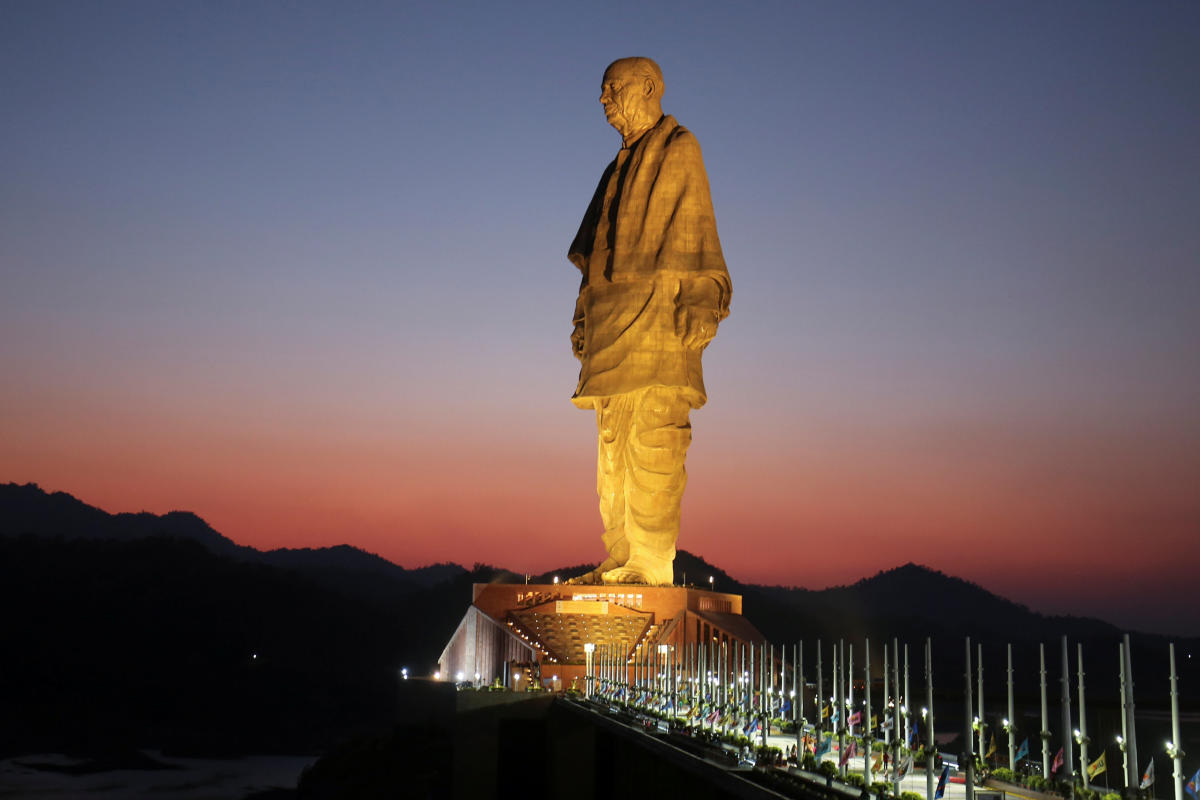
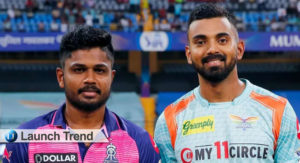
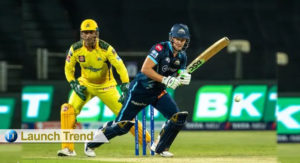
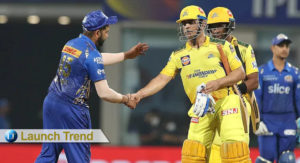
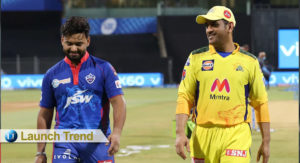
More Stories
IPL-2022 RCB vs RR: RR Won By 29 Runs
Martin Luther King Jr.: U.S. To Honor Civil Rights Leader
Birju Maharaj: Kathak Dance Legend Dies At 83